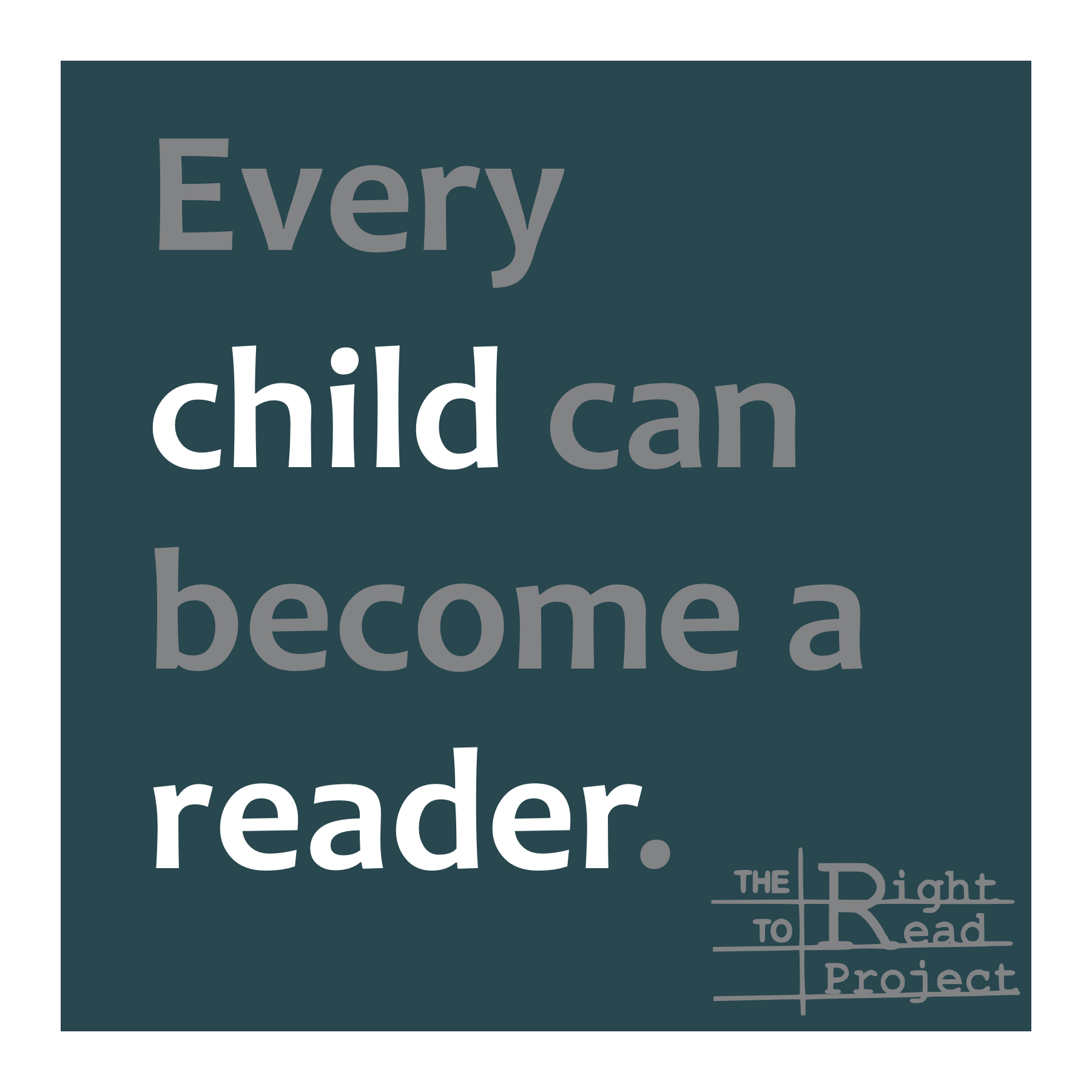Much of the appeal of Balanced Literacy lies in its focus on reading authentic texts for meaning. It is said that under the previous adoption in my district (a basal), we were developing “word-callers,” students who could read fluently but who were unable to comprehend. Balanced Literacy was adopted in the hope that putting reading comprehension at the forefront of every lesson would cure our district of word-callers.
I’m relatively new to my district so I had to ask lots of questions to learn about word-callers. I didn’t understand how a child could read fluently without comprehension because prosody is an essential component of fluency and reading prosodically–with expression–both requires and enables comprehension. After some digging, I learned that “automatic” is a better descriptor for word-callers than “fluent.” Under the old adoption, teachers were told to frequently administer timed tests of reading rate, so they and their students felt the need to push rapid reading over fluency. Students learned to accurately decode more words than they knew the meanings of and, as one teacher described it, they became “robot readers who read automatically but without thinking.” And from the teachers’ perspectives, word-calling was common in English Language Learners.
I’ve been ruminating a bit about these word-calling robot readers because as a skilled reader I, too, can decode more words than I know the meanings of. I would never say that I can read Spanish, but knowing the spelling-sound correspondences allows me to decode text written in Spanish. I lack the Spanish vocabulary and grammar needed to comprehend what I decode, so perhaps I’d be labeled a “word-caller.”
When I started to think about what it might be like to be a language-learner in a Balanced Literacy classroom and imagined a typical literacy block, I began to get a knot in my stomach. If I were a student in a Spanish Balanced Literacy classroom, perhaps my teacher would select a book from the classroom library to read aloud to us. I might be able to glean some of the vocabulary from the cognates, the pictures, or apply some conversational Spanish I picked up at another time. I might be able to make sense of the story structure by the tone of my teacher’s voice, the responses of my classmates, or the pictures in the book. Then, my teacher would give a mini-lesson on a reading strategy to apply to the text and perhaps I’d be paired with a more fluent student who would model the reading strategy for me in our partner discussion, I wouldn’t have much to offer given that I don’t speak Spanish. After 20 or so minutes, I’d be dismissed to go read texts from my book bin. My books would be simple predictable texts and I’d use the pictures for the unfamiliar words. I’d be independent for most of the period, interrupted by a mid-workshop teaching point or maybe to confer with my teacher. Low-level texts are boring and teaching oneself to read is hard, so I have no doubt that while at first I might try to read, later I would flip the pages looking just at the pictures, and eventually I’d start getting into trouble. What’s more engaging than Level A books? Just about anything.
So despite my imaginary teacher’s Balanced Literacy approach, my engagement with authentic texts would be minimal. There’s no way I would call low-level texts “authentic” and there’s very little meaning to be made with them, so most of Reading Workshop would not be fruitful. Developing fluent language skills in a Workshop classroom would be slow going because so much of the class time is spent independently and so little of the instruction is direct. There’s little explicit instruction in vocabulary and our curriculum doesn’t provide scaffolds for English-learners.
Which brings me to wonder if our curriculum, adopted in the hopes of teaching our students to comprehend, might be part of the reason why our English-learners are struggling. In my district, we have 1,922 Spanish-speaking long-term English-learners, which means nearly 2,000 of our students have been enrolled in American schools for more than 6 years but still are not proficient in English. In a given year, not more than 14% of our district’s roughly 10,000 English-learners have been reclassified as Proficient.
Of those English-learners who have been relabeled Proficient, less than half score at or above Benchmark on our state’s English Language Arts assessment. Perhaps even more worrisome? Of the students who arrive at school speaking only English, fewer than 39% meet Benchmark. Despite our Balanced Approach to Literacy, the majority of our students are unable read and comprehend grade-level text. We don’t have the data to tell us whether they can decode, but given that our primary goal has been to push comprehension, and we’re not succeeding at that, I hate to think about how we are (or are not) progressing on measures that have not been a focus and that we’re no longer required to assess.
It’s possible that with this curriculum adoption we replaced our word-callers with non-readers; those who can neither decode nor comprehend grade-level text… exactly the wrong kind of “balanced literacy.”








